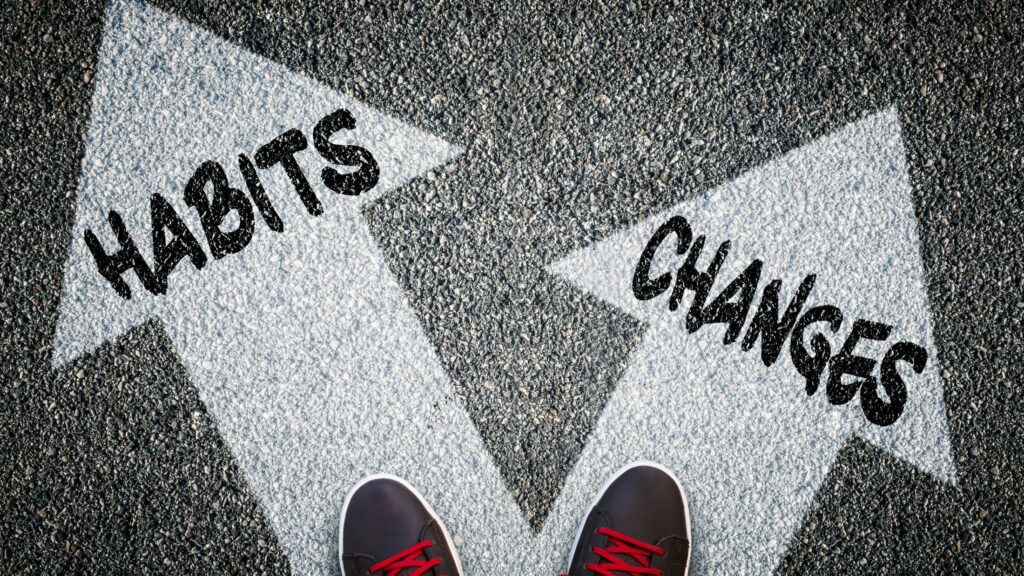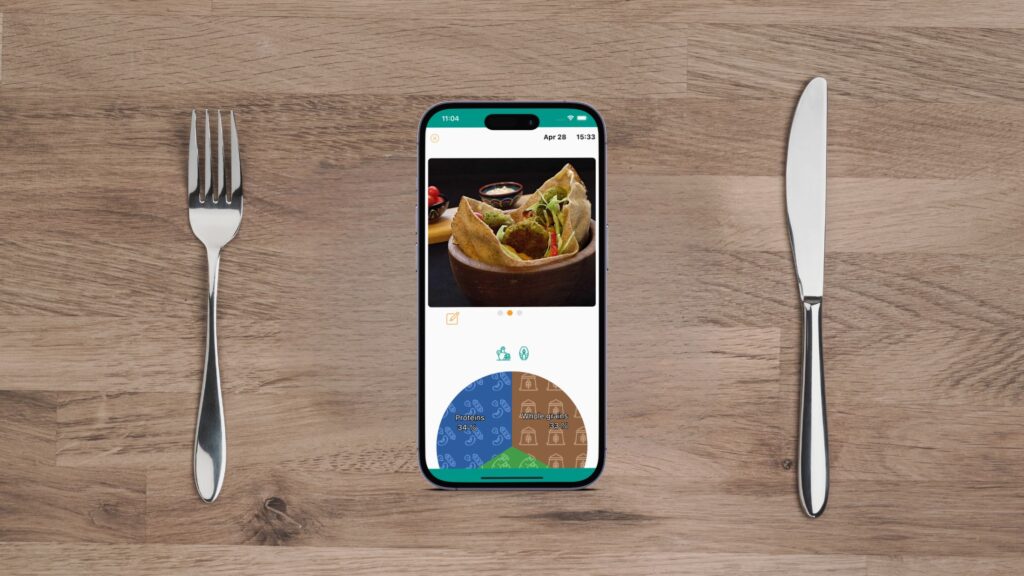Food diaries can offer a wide range of benefits for your health and well-being. There are variety of food diary examples available. Here is what you should consider when choosing the right one for you.
1. What is a food diary?

A food diary, also known as a food log or diet diary, is a record of everything you consume throughout the day. It includes meals, snacks, drinks, and even the occasional indulgences. Food diaries provide a comprehensive overview of your eating habits. They can be a valuable tool for improving your overall health and well-being.
There are many different ways to keep a food diary. You can use a paper notebook, a spreadsheet, or a smartphone app. Choose a method that works best for you.
2. How long should I keep a food log?

The duration of maintaining a food log or diary depends on your specific goals. For simple food intake tracking, a few days or a week may be enough. However, identifying eating patterns can take longer. You may need a longer period to make dietary changes.
Creating sustainable habit changes requires consistent effort and patience. Research suggests that forming a new habit takes an average of 66 days. Although this time varies widely from person to person. To speed up habit formation, increase the frequency of the healthy behavior you want to sustain.
3. What should food diaries include?

To begin, choose the method that best suits your preferences. It could be a physical notebook, a spreadsheet, or a smartphone app. Regardless of your choice, ensure your food diary captures these essential details:
Precise Date and Time
Record the exact date and time of each meal or snack to uncover patterns in your eating habits.
Detailed Food and Drink Descriptions
Provide a comprehensive description of the foods and drinks you consume. This includes for example portion size and preparation methods.
Quantity Measurements
Record the quantity of food or beverages you consume.
Emotional, Sensory, and Physical Notes
Observe any feelings or physical sensations associated with your eating habits. These aspects can influence your food choices.
4. What are the benefits of a food diary?

Keeping a food diary can offer a variety of benefits for your health and well-being. Here are some of the key advantages:
Increased Awareness of Eating Habits
By tracking your food intake, you gain a clearer understanding of what you consume on a daily basis. This awareness can help you then make adjustments to your diet.
Improved Nutritional Intake
Food diaries often provide nutritional information about the foods you eat. This will allow you to make informed dietary choices to improve your health.
Weight Management
A food diary is an invaluable tool for monitoring your progress. It helps you understand your eating patterns. You can then make informed decisions to achieve your weight goals.
Enhanced Accountability
Tracking your food intake promotes accountability and encourages adherence to dietary goals. Seeing your progress motivates you to stay on track. You’ll be empowered to make consistent healthy eating choices.
Developing Healthier Eating Habits
Using a food diary over time can help you develop healthier eating habits. By tracking your food intake, you gain a better understanding of your body’s nutritional needs.
5. Why to choose a digital food diary?

Digital food diaries offer many advantages over traditional paper-based methods. This makes them an essential tool for anyone seeking to improve their diet. With a multitude of apps available, there’s an option to suit every preference and need. Here are a few of the most compelling advantages of using a digital food diary:
Always at Your Fingertips
Digital food diaries are accessible from anywhere, anytime. This portability ensures that you can track your food intake even when you’re on the go.
Effortless Tracking for Busy Lifestyles
With a few simple taps or clicks, you can quickly log your meals, snacks, and drinks, saving you time and effort.
Precision and Accuracy
Digital food diaries can automatically track the time of day. This saves you time and ensures that your food diary is always up-to-date.
Tailored Guidance for Your Goals
Digital food diaries provide personalized recommendations based on your individual needs and goals. This feature can help you identify areas for improvement in your diet.
Stay Motivated with Visual Progress
Digital food diaries can track your progress over time. You can then visualize your achievements and stay motivated.
6. What’s a good example of a food diary app?

JustaPlate is a food diary app that facilitates progress monitoring. It helps you enhance nutritional awareness, and promotes accountability. Here are some reasons why Justaplate is a good food diary app:
Visual interface
With JustaPlate‘s user-friendly interface, it’s easy to track your food intake visually. You can create a more engaging food diary by adding photos of your meals. This effortless approach makes it more effective than traditional food diaries.
Nutritional analysis
JustaPlate provides comprehensive nutritional information based on the plate method. It can help you identify areas where you may need to make adjustments to your diet.
Progress tracking
JustaPlate allows you to track your progress over time. You can see how your eating habits are changing. This can be a powerful motivator to stick to your goals.
Ease of use
JustaPlate is very easy to use, even for people who are not tech-savvy. This makes it a great option for anyone who wants to start tracking their food intake.
JustaPlate is a meal tracker app based on the plate method. It available for both iOS and android.
If you are seeking to improve your eating habits, download JustaPlate today. Start your meal tracking journey toward a healthier lifestyle.




Leave a Reply